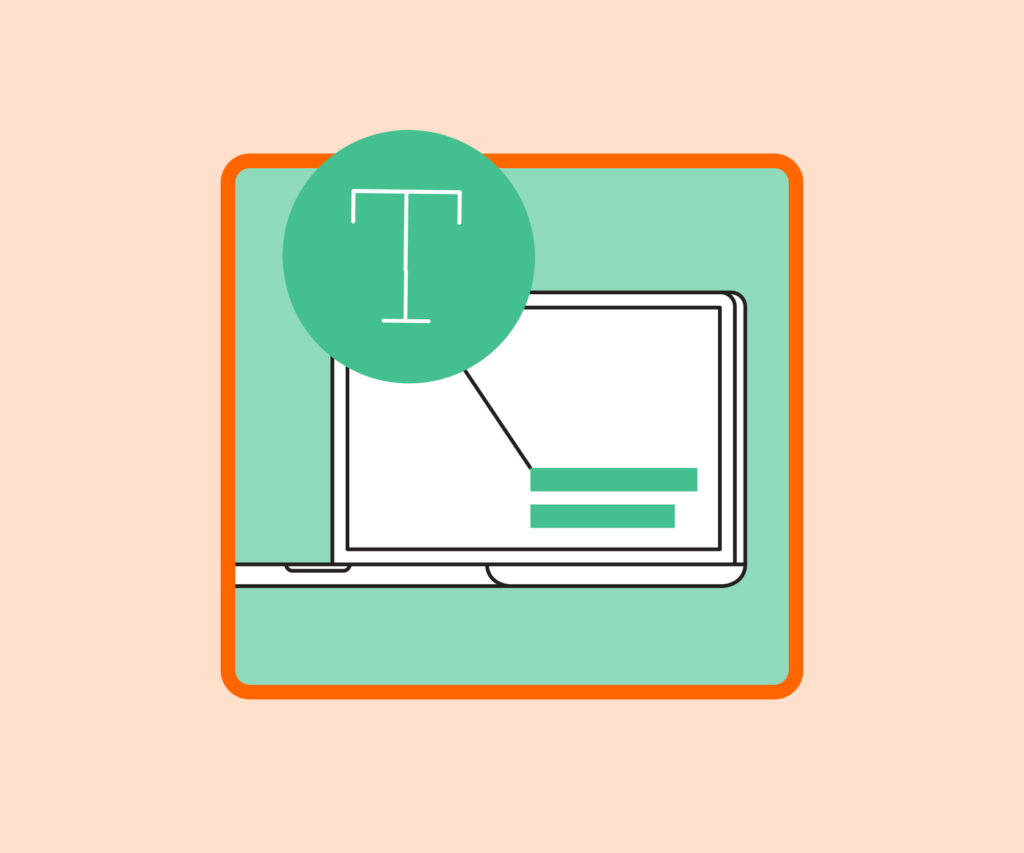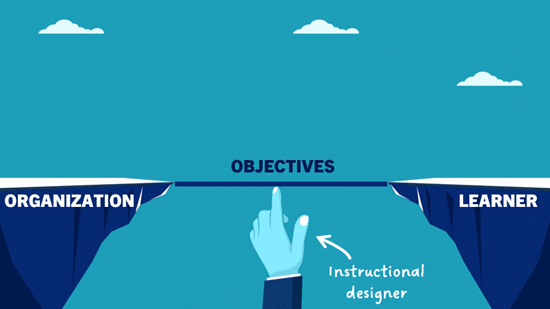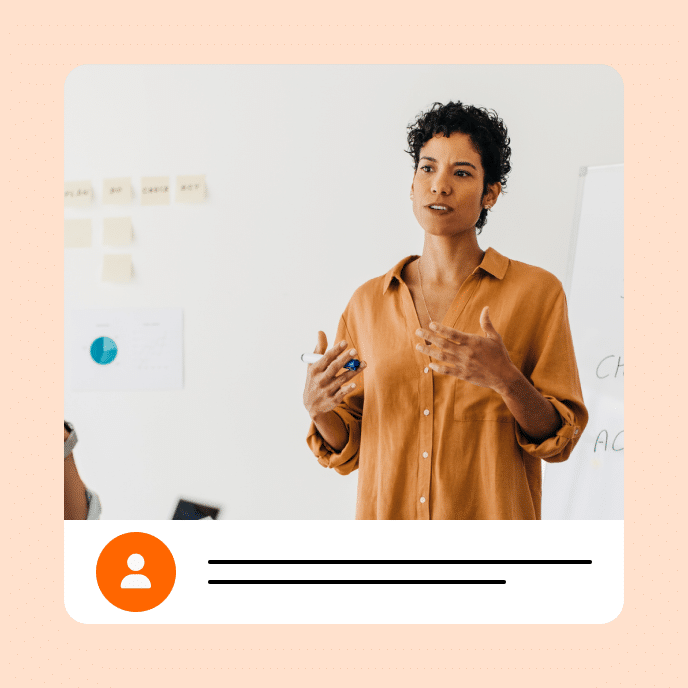Are You a Bridge Building Course Designer?
Course designers build the connection between two stakeholders: the organization and the learner. Meeting both needs is key to meaningful and engaging learning.

Balancing stakeholder needs
When it comes to courses, there are two key stakeholders: the person who commissions the course and the person who consumes it. Each of these stakeholders has their own objectives and needs for the course, and ensuring that these are met can be challenging.
Stakeholder 1
For the person who commissions the course, their objectives will usually be closely aligned with their organization’s goals. However, these objectives may not always be in alignment with the needs of the learner.
Stakeholder 2
For the person consuming the course, it’s important that their learning needs are met. In an ideal world, the course would be designed with their needs in mind, and be tailored to their individual needs and how the course is relevant to them. Unfortunately, this isn’t always the case, and courses are often designed without taking the learner’s needs into account.
It’s vital that both the person commissioning the course and the person consuming it have their needs met if the course is to be successful. By taking into account the needs and objectives of both stakeholders, courses can be designed that are beneficial and enjoyable for both.
The instructional designer’s role
As an instructional designer, it’s up to you to be the bridge between the organization commissioning the course and the people who will be consuming it. You need to ensure that the course objectives align with the organization’s desired outcomes. The best way to do this is through performance consulting. This involves identifying the current state of the organization, why it isn’t getting the desired results, and what the e-learning course needs to do in order to achieve the desired outcome.

Many times, courses are built without any input from the learner and can be too simple, a waste of time, or irrelevant. I know from experience, taking hundreds of hours of “training” without ever being asked how it was relevant to my role. But it’s not always easy to create that bridge, especially when it’s mandated compliance training with no regard for learning outcomes.
Why bridge-building matters
That’s why, as a course creator, it’s important to be a bridge builder and find a way to connect the organization’s goals with the learning needs of the person consuming the course. It’s not always easy when a lot of training is mandated, such as compliance training with no regard for any real learning outcomes. However, it is important to try and influence the bridge building as much as possible, in a friendly and encouraging manner.
Bridging the organization’s goals with the learner’s expectation is one way to ensure you create meaningful and effective online training.
What are some ways you build that bridge in your organization?
You may also like

Online Training for Mortals: 6 Tricks to Make Complex Concepts Easy to Understand
Simplify complex training and help employees learn faster with these six e-learning tricks.

